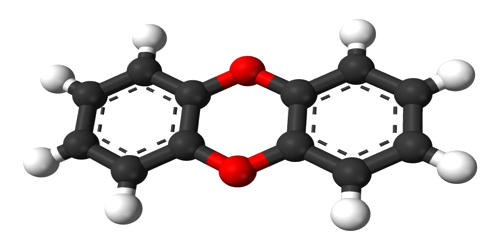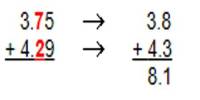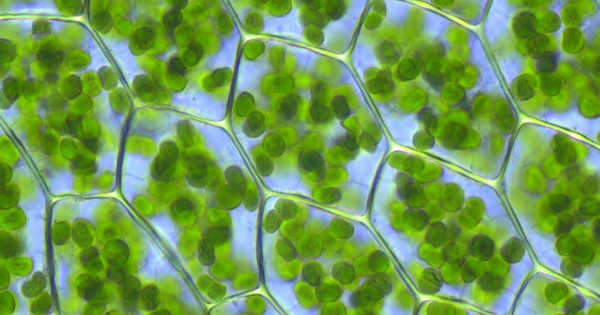Vitamer is one of two or more related chemical substances that fulfill the same specific vitamin function. A vitamer of a particular vitamin is any of a number of chemical compounds, generally having a similar molecular structure, each of which shows vitamin activity in a vitamin-deficient biological system. It is a chemical compound which exhibits vitamin activity
Vitamins are a group of organic compounds used in biochemical pathways. Many are components of coenzymes in particular metabolic reactions. For instance, vitamin A1 has at least six vitamer chemicals that all qualify as “vitamin A”, each with slightly different properties. Vitamins are generally not synthesized by the human body and hence must be acquired through the diet. In such a system, “vitamin A” is termed the “generic descriptor” of the vitamin, which is defined by its biological properties in a vitamin-deficient organism, not by its chemical structure. In the “vitamin A”1 system, four of those found naturally in plant origin foods are chemically carotenoids. However, the all-trans-retinol and retinal forms, which occur in animal-based foods, are several times as effective in humans, per microgram, than are the plant-based forms.
Vitamer is the name given to the different forms of a particular vitamin and is numbered with a subscript style to differentiate them, e.g. vitamin K exists as both K1 and K2 vitamers. The metabolically active vitamer is pyridoxal phosphate, which is involved in many reactions of amino acid metabolism, where the carbonyl group is the reactive moiety, in glycogen phosphorylase, where it is the phosphate group that is important in catalysis, and in the release of hormone receptors from tight nuclear binding, where again it is the carbonyl group that is important. All vitamers, in case of “vitamin A”1 mediate the same biological functions serving as a precursor for retinal, for the visual cycle, or for all-trans-retinoic acid, functioning as a hormone-like substance and a ligand for the nuclear hormone receptors, RARs. In some cases these differences are extreme: for example, the carotenoid forms of vitamin A1 cannot be absorbed by cats or ferrets at all, and therefore do not have vitamin A activity in these species.
Vitamins can be classified into fat-soluble and water-soluble molecules. Typically, the vitamin activity of multiple vitamers is due to the body’s limited ability to convert one vitamer to another, or many vitamers to the same enzymatic cofactor(s), which is active in the body as a form of the vitamin. Not all vitamers possess exactly the same vitamin potency, per mass. The B vitamins were historically grouped together as the vitamin B complex. This is due to differences in absorption and interconversion of the various vitamers of a vitamin. Often for the same reason, the toxicity of vitamers varies by molecule, as is the case with vitamin E. However their chemical structures are unrelated.
















